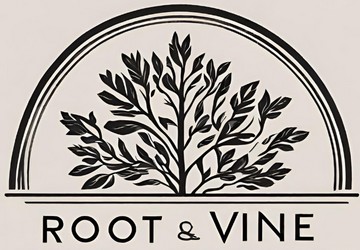
Workplace Hazardous Materials Information System, also know by its acronym WHMIS, is Canada’s national workplace hazard communication standard. The system came into effect on October 31, 1988 and provide for a range of safety measures. These include the provision of material safety data sheets (MSDSs) and worker education and site-specific training programs and the cautionary labelling of containers of WHMIS controlled products.
The Workplace Hazardous Materials Information System requires that two types of labels be used in hazard communication: supplier labels and workplace labels. Supplier labels are meant for controlled products manufactured in Canada or imported for use in Canada. These labels must be affixed on drums, pails, bottles and other containers. Workplace labels are meant for controlled products produced at the workplace and used at the workplace. Workplace labels can replace supplier labels if they have been removed or have become impossible to read.
1. WHMIS and labelling

Health Canada is the government body responsible for making the required changes to the overall federal WHMIS-related laws. At present the WHMIS 2015 legislation is currently in force. This guides the work of suppliers in preparing labels for hazardous products sold, distributed, or imported into Canada. All products used in the workplace that meet the criteria to be classified as hazardous products must be labelled. They are the first alert to the user about the major hazards associated with that product, and outline the basic precautions or safety steps that should be taken.
Suppliers are responsible for labelling the hazardous products that they provide to customers, while employers are responsible for making sure that hazardous products that come into the workplace are labelled and to prepare and apply a workplace label when appropriate. That means that there are two main types of WHMIS labels: supplier labels, and workplace labels. Supplier labels are provided or affixed by them and must appear on all hazardous products received at a workplace in Canada.
A workplace label is required when the hazardous product is produced and used in that workplace, if a hazardous product is transferred or poured into another container, or if a supplier label becomes lost or illegible.
2. Supplier labels

Supplier labels must be bilingual (as one label), or available as two labels (one each in English and French). They must contain a product identifier that includes the brand name, chemical name, common name, generic name or trade name of the hazardous product. They must have an initial supplier identifier that gives the name, address and telephone number of either the Canadian manufacturer or the Canadian importer.
Supplier labels must also have pictogram which are the hazard symbol within a red “square set on one of its points”, a signal word that alerts a reader to a potential hazard and to indicate the severity of the hazard, a hazard statement that describes the nature of the hazard posed, and a precautionary statement that describes the measures to be taken to minimize or prevent adverse effects resulting from exposure or resulting from improper handling or storage of a hazardous product. There may also be a need for supplemental label information for some products that may yet be unclassified or have an unknown toxicity.
3. Workplace labels

A workplace label will have a product name that matches the SDS product name, safe handling precautions that may include pictograms or other supplier label information, and a reference to the SDS if it is available. Workplace WHMIS labels are governed under provincial or territorial jurisdiction, or under the Canada Labour Code for federally regulated workplaces. A WHMIS label can also be a mark, sign, stamp, sticker, seal, ticket, tag, or wrapper. It can be attached, imprinted, stencilled or embossed on the hazardous product or its container.
The important thing is that all workers must be trained to be able to identify these alternate systems if they are used in the workplace. There may be variations on the labels in some exemptions including bulk shipments and some smaller amounts of hazardous materials and miniscule amounts of chemicals that might interfere the normal use of the product. Workers should always check to see if there is a WHMIS label on the product before handling or using it and follow all instructions on the label and SDS.


